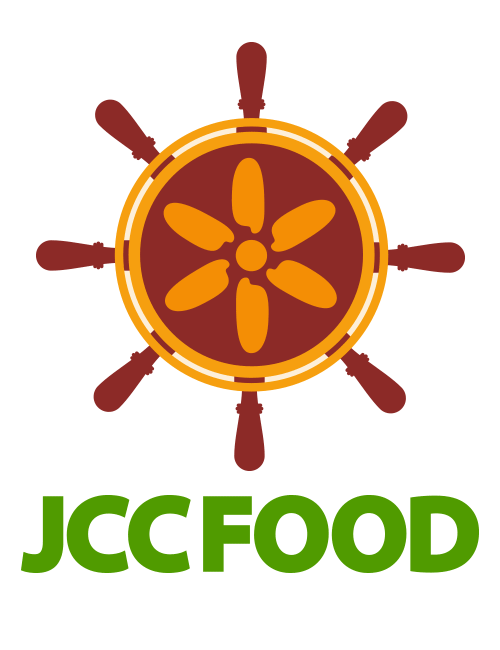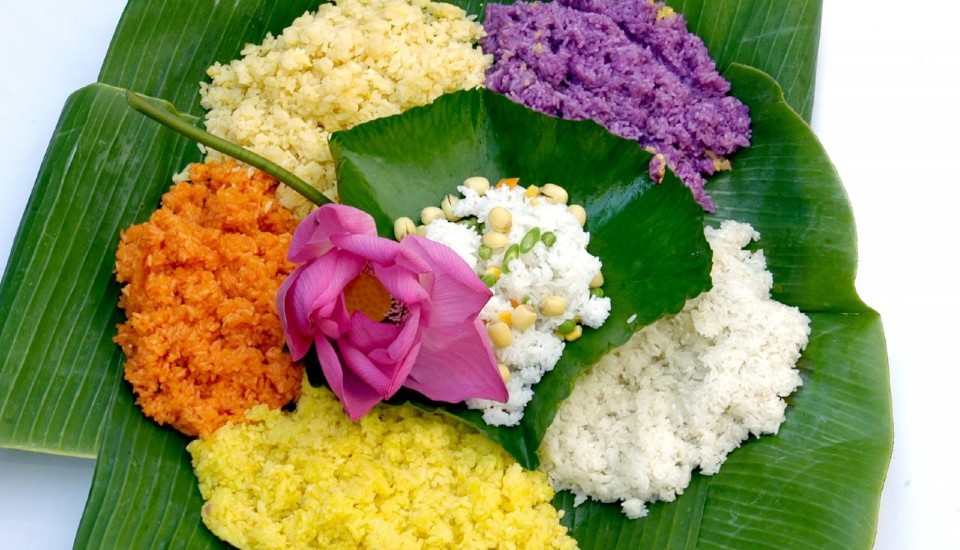Even though there has been a level of migration from rural areas to cities in recent decades, 80% of Vietnamese people still live in villages and many of the families, probably all of them who don’t live on the coast, grow rice in their fields. The shape of Vietnam has often been thought of as two rice baskets on the end of a pole by local people who look at a map of the country.
As many as half the world’s population has rice as its stable food. In South East Asia, it is thought to have been grown for 7,000 years. It has a role in many local ceremonies, being offered to ancestors regularly when families gather for any form of feast or celebration.
Mu Cang Chai – The land of the most beautiful rice terraces in Vietnam.
It is easy to forget how many different types of rice there are. It is a grain related to wheat, oats and rye but comes in several colours ranging from the most common, white to red, brown and black. It can be thick or thin, long or short. One place that many tourists are likely to see it growing is on the SaPa Terraces in the Northern Highlands which are included in many Vietnam tour packages. The Terraces are initially flooded and the rice planted. The shimmer goes as shoots come through to leave stunning greens before the gold of harvest time. This is known as upland rice, and that grown on flood plains as lowland or wet rice, the commonest in the region. There may be two, even three, crops a year. Initially the rice is put into nursery beds then transplanted in rows a foot apart in water between two and six inches deep. When the leaves turn yellow, the fields are drained, the stalks are cut and tied together to dry.
If you are travelling in Vietnam harvest time you may be able to see threshing that separates the grains from the stalks. These days, dryers are regularly used though the traditional way to dry is laying the grains to dry out in the sun.
Everything is used; rice can be a pudding which tourists are likely to sample during Vietnam travel packages but it is also used to make paper, wine, noodles, cooking oil or cosmetics. The stalks when dry become straw for making sandals, baskets, ropes and hats, even roofing.
Rice production is on the increase over recent years; the locals are delighted with the harvests they are getting as long as they avoid any natural disasters. In 1989, almost 19 million tonnes were harvested at a time when there was a food shortage. Since then Vietnam has developed a surplus to the extent that Vietnam is the second biggest exporter of rice these days. Its fragrance is adding to the quality of Vietnamese cuisine which itself has become a proud export of the country. Those on holiday in Vietnam will eat rice at many sittings in the knowledge that it is a vital part of the national economy.



